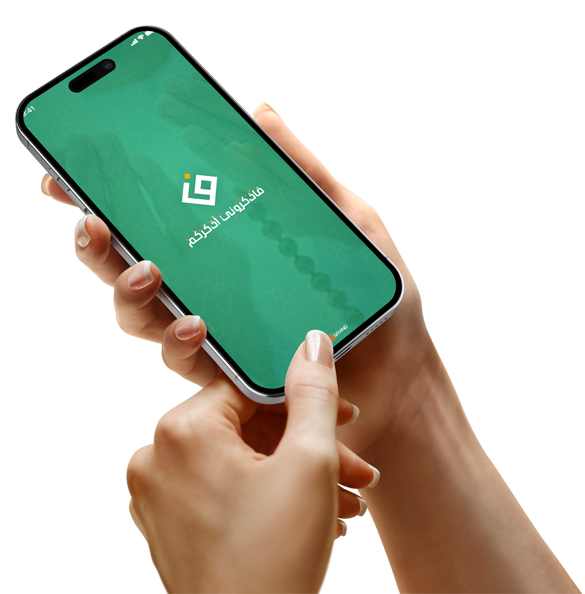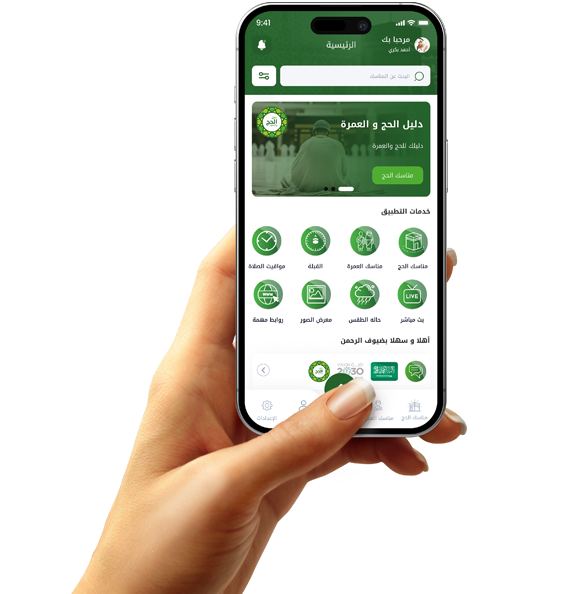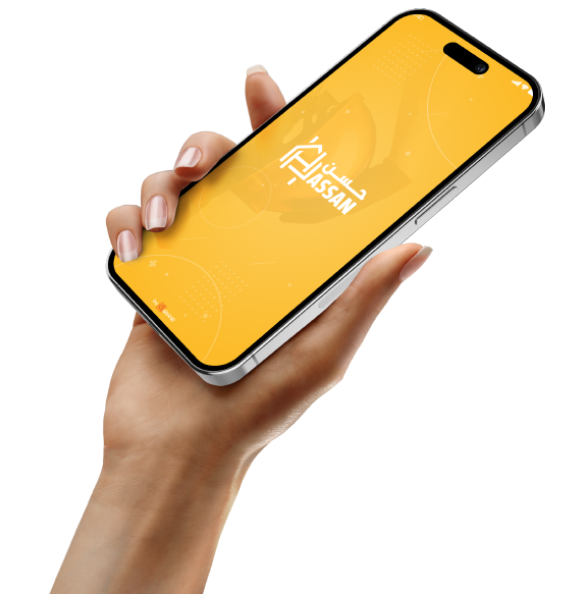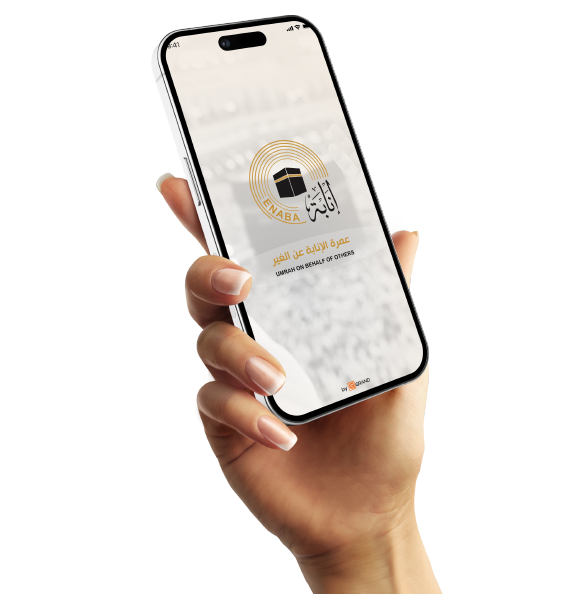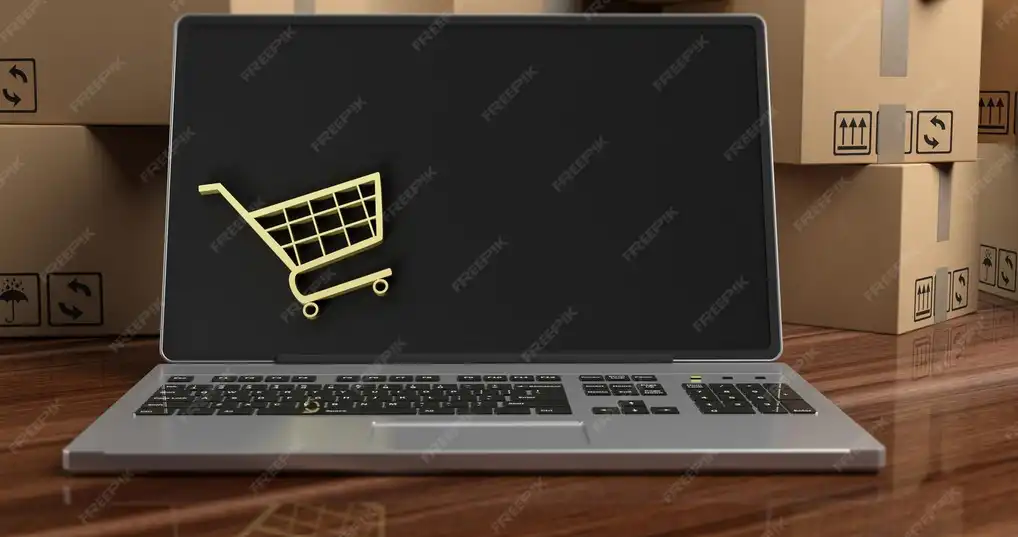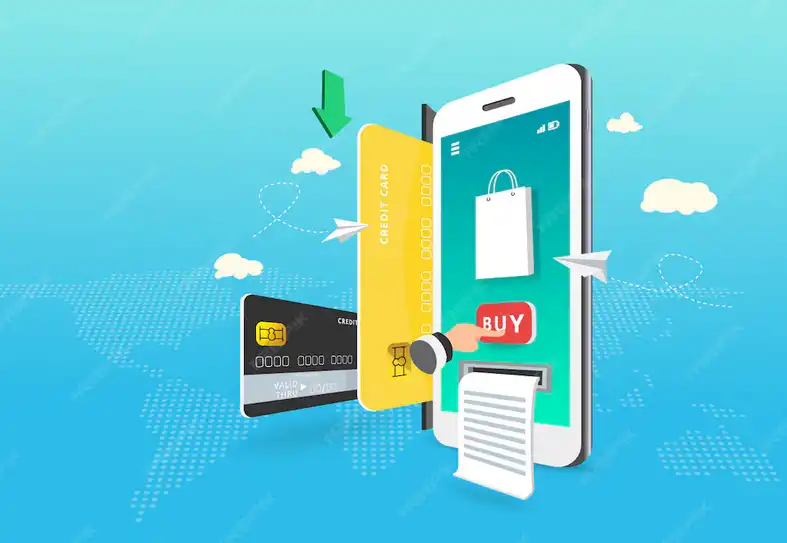The secret to the success of your website application

User Experience is the Key to Survival
The success of your app and website doesn't depend solely on the concept, but on how the user feels while using it.
User Experience (UX) is a crucial element that separates those who succeed from those who are quickly forgotten.
Always ask yourself: Does the visitor feel comfortable? Do they find what they want easily?
If the answer is "no," no matter how excellent your service is, they will look for another alternative.
The design should be simple and clear, not confusing the user with too many options or cluttered elements.
Navigation between pages should be quick and seamless. Don't let them get lost in a maze of menus and links.
Any interface error or loading delay affects the overall impression and reduces the likelihood of returning.
A successful user experience begins from the moment the app or website is opened and continues even after the order is completed or registration is completed.
Even error messages should be friendly and offer solutions, not just frustrating notifications.
Don't assume the user knows how to handle everything; design as if they are visiting the internet for the first time.
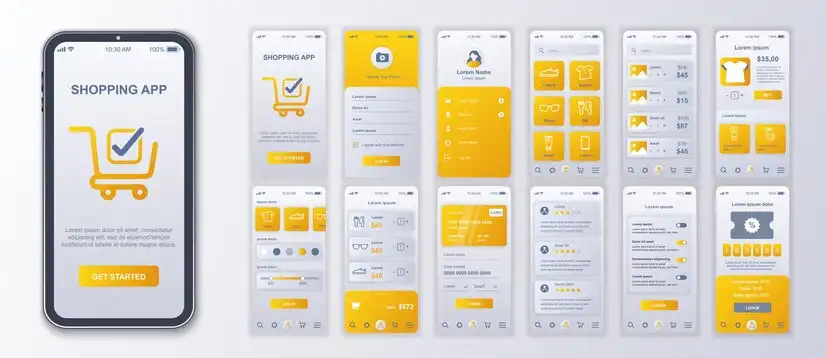
The Secret to Fast Performance and Instant Response
Users don't wait... and this is a principle you should build your app and website on from the start.
If a page takes more than two seconds to load or open, there's a good chance the user will leave immediately.
The third secret to success is speed and responsiveness, as they are essential criteria for a professional user experience.
It's not just about user convenience; it has a direct impact on conversion rates, purchases, and engagement.
A fast app equals a happy user... and a happy user means long-term loyalty.
That's why you should pay attention to your website's infrastructure, from choosing powerful servers to using image and file compression techniques.
In apps, don't neglect the importance of clean code, free of unnecessary complexity.
Updates should be delivered with caution, because any unforeseen increase in app size means slow performance.
Even if the design is impressive, slow loading will ruin it and cause the user to ignore it.
Make every element appear at the right time, and avoid overloading data at once.

Simple design is the primary language of persuasion.
Design isn't just about pretty colors and shapes... it's the primary means of persuasion that motivates the user to continue.
A simply and intelligently designed website or app makes the user feel confident and professional from the first moment.
Simplicity doesn't mean a lack of form; it means that every element has a function and every space has a purpose.
Visual clutter distracts, while good organization directs the user toward what you want them to see and do.
Start by defining a clear visual identity: your colors, fonts, image style, and button layout.
All of these elements should align with your brand and serve the message you want to convey.
Don't use more than two main colors, and be consistent across all pages.
Place the most important elements in natural viewing areas, such as the "Buy Now" or "Sign Up for Free" buttons.
Think about how the user's eye moves, and let the design guide them automatically without thinking.
Successful apps and websites make it easy for the user to make a decision without feeling lost or confused.
Simplicity saves time, reduces errors, and increases satisfaction.
Even when presenting content, keep your text short and clear, and use headings to break things up.
Design your homepage like a storefront: if it isn't attractive and organized, no one will enter.
Also, make sure your design is responsive to all screens, from phone to tablet to desktop.
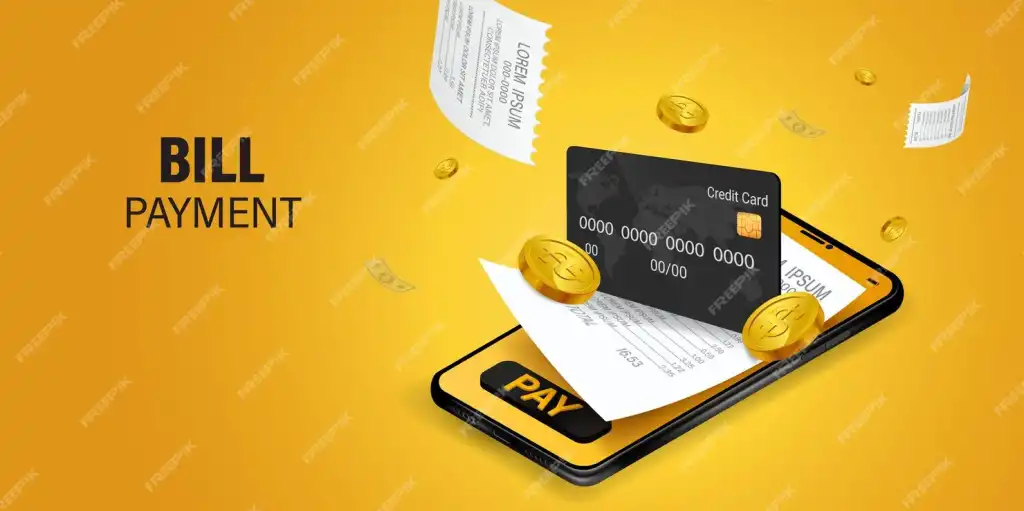
Quick technical support builds trust
One of the secrets to the success of any application or website is how you handle user problems.
Every user may encounter a question or technical issue while using the service, and this is where the real difference between a professional project and one that is neglected becomes clear.
Technical support isn't just about solving problems; it's the human interface of the project, leaving a lasting impression on the customer.
When a user receives a prompt and courteous response, they feel cared for, and this builds long-term loyalty.
However, if they encounter delays or are ignored, they're likely to avoid returning and will pass on their negative experience to others.
The key here is: Don't let the user talk to a silent wall; instead, make sure someone actually listens.
Establish clear and easy communication channels: such as live chat, an in-app "Contact Us" button, or a quick form on the website.
It's not just the availability of the channel that matters... but the speed and courteousness of the response.
The problem may be simple, but the way it's handled makes a huge difference.
Use a calm tone, smart apologies, and direct solutions whenever possible.
Provide a Frequently Asked Questions (FAQ) section to relieve the user of the need to contact you for simple matters. Also, provide explanatory videos or illustrative images for basic services. Having professional technical support makes the customer feel like there's a live team behind the app, not just a static system.





